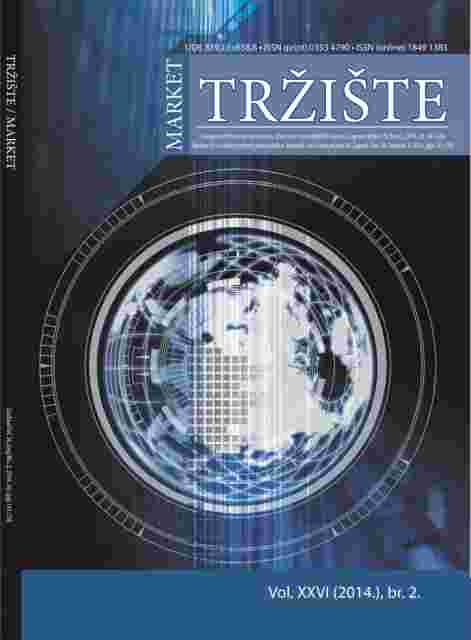Teorija racionalnog izbora i ovisničko ponašanje
Rational Choice Theory and Addiction Behavior
Author(s): Miloš S. KrstićSubject(s): Economy
Published by: CROMAR (Hrvatska zajednica udruga za marketing) i Ekonomski fakultet Zagreb
Keywords: rational choice theory;risk aversion coefficient; time preference rate; theory of rational addiction; nicotine addiction.
Summary/Abstract: The rational choice theory assumes that, when deciding whether to consume some goods or not, consumers use analysis in order to estimate the values of individual preference indicators. From this point of view, there are risk and time preferences. The former show aversion to a risk and are expressed through the risk aversion coefficient, while the latter measure the degree of preference for present satisfaction in relation to the same satisfaction in the future. The degree of preference for present satisfaction regarding the same satisfaction in the future is expressed by the time preference rate. Smokers with a low time preference rate and high risk aversion coefficient level can be expected to be successful in cessation. The aim of this paper is to study smokers from the perspective of rational choice theory, in order to detect factors influencing their behavior. The study (investigation) found that the significant factors for smokers’ behavior are: gender, age, education, risk aversion coeffcient, and the time preference rate. Analysis of smokers’ behavior, with appropriate limits and qualifications, is a well-developed and highly effective tool for exploring and interpreting reality.
Journal: MARKET/TRŽIŠTE
- Issue Year: 26/2014
- Issue No: 2
- Page Range: 163-178
- Page Count: 17
- Language: English

